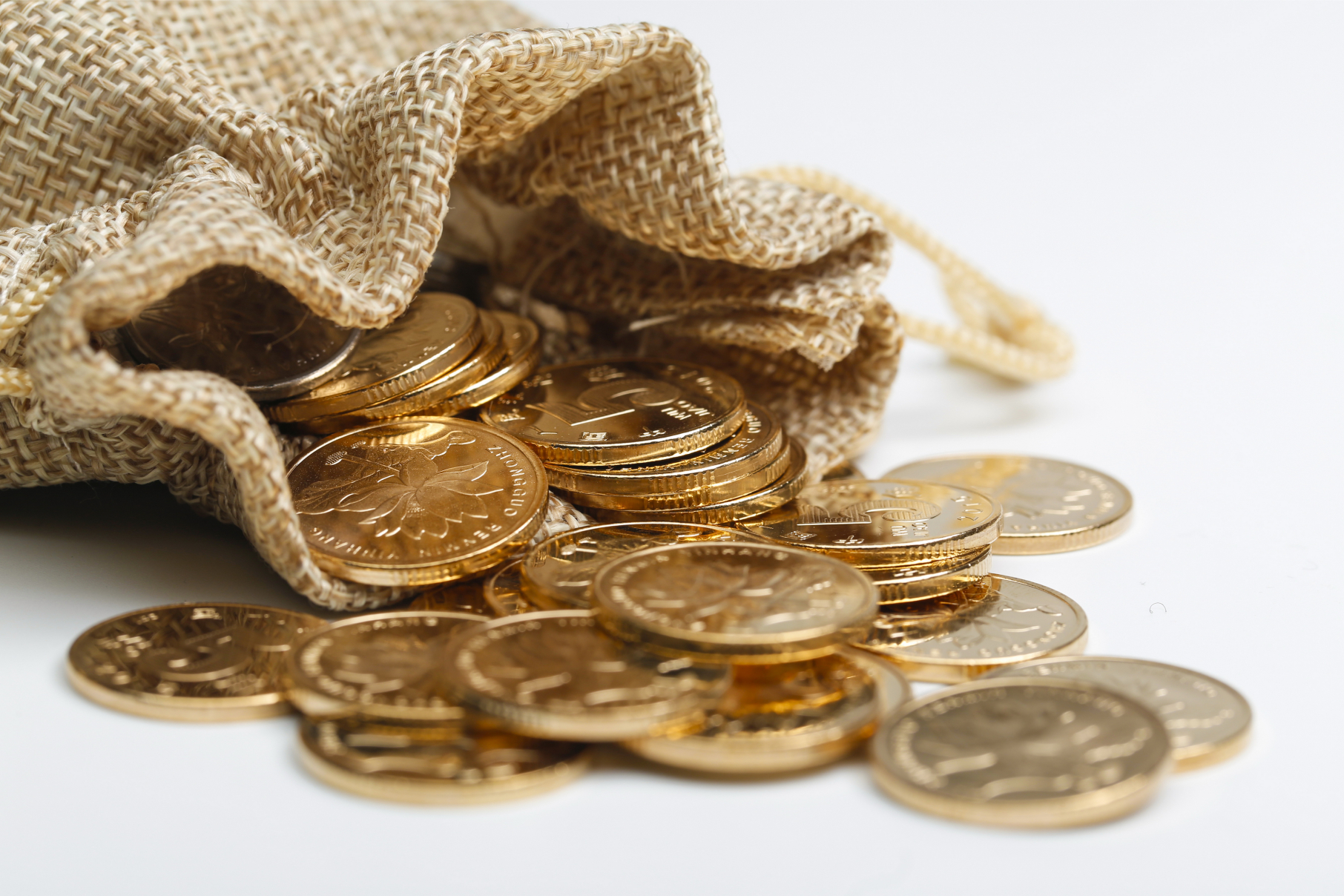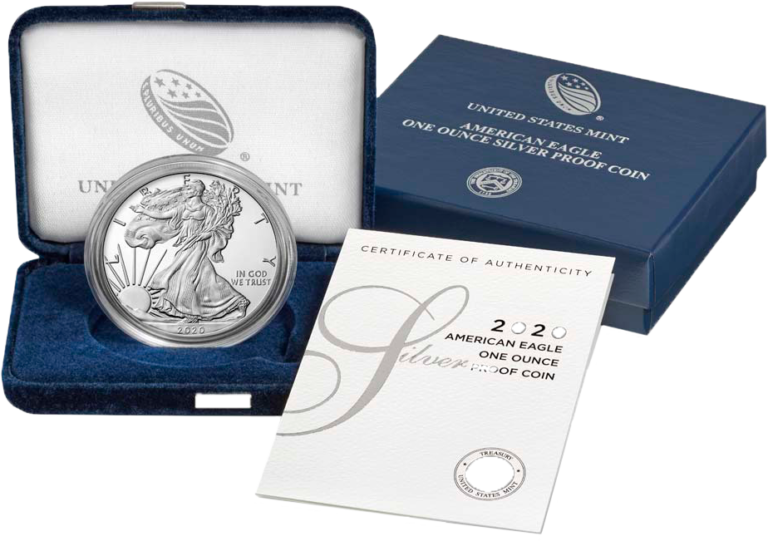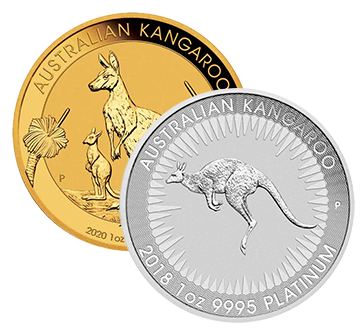


From the inception of advanced market technologies such as HFTs (high-frequency trading platforms), the endless cycles of Wall Street bailouts, and inconceivable levels of unrestrained money printing by central banks, investors are being forced to accept increasingly more risk to generate meaningful and/or lasting returns. In today’s environment, and throughout history, precious metals have consistently served as a foundation of financial strength, protection, security, and growth.
On March 29th, 2019 Basel III rules went into effect. Under these new rules, physical gold is treated as a Tier-1 Asset. The Bank of International Settlements (BIS) now recognizes central banks’ holdings of physical gold as a reserve asset equal to cash.
Prior to these changes, gold was classified as a Tier-3 Asset, which was marked at 50% of its value for reserve requirements. Under Basel III, monetary gold now qualifies as a Tier 1 asset and is 100% valued for the purposes of banking viability. Tier 1 = risk free, Tier 3 = more risk.
Central Banks have been purchasing record amounts of gold over recent years preparing for the new Basel III rules and according to the World Gold Council, at least 20% of Central Banks intend to increase their gold reserves by over the next 12 months. The debt in the system has now become so egregious and distorted that a rising gold price could alleviate that pain.
Unlike fiat currencies, digital investments, and other assets, gold has maintained its value throughout the ages. Investors and savers see gold as a way to protect, preserve, and grow their wealth, but physical gold and silver additionally provide a way to pass wealth from one generation to the next [Dynastic Wealth].
Since ancient times, these are among the reasons why societies have prized the unique properties and steadfast value of physical gold and silver.
Alan Greenspan commented in 2015 on a Council on Foreign Relations panel that we must understand that:
“Sometimes gold trades like a commodity and sometimes it trades like a currency.”
Although the U.S. dollar is presently one of the world’s most important reserve currencies, when the value of the dollar falls against other currencies, as it did between 1998 and 2008, this often emboldens discerning investors and savers to transition into the security of physical gold and silver, which drives prices higher. The price of gold nearly tripled between 1998 and 2008, reaching the $1,000-anounce milestone in early 2008 and doubling between 2008 and 2011, hitting the $1,920-an-ounce mark.
The decline in the U.S. dollar occurred for several reasons, which includes the country’s large budget and trade deficits and an unprecedented increase in the money supply [debt creation]. Most concerning of these reasons is the pace at which further dollar debasement has accelerated over recent years, which will ultimately end in the death of the U.S.dollar as we know it today. The U.S. dollar and the U.S. is now facing an unsolvable mathematical problem.



